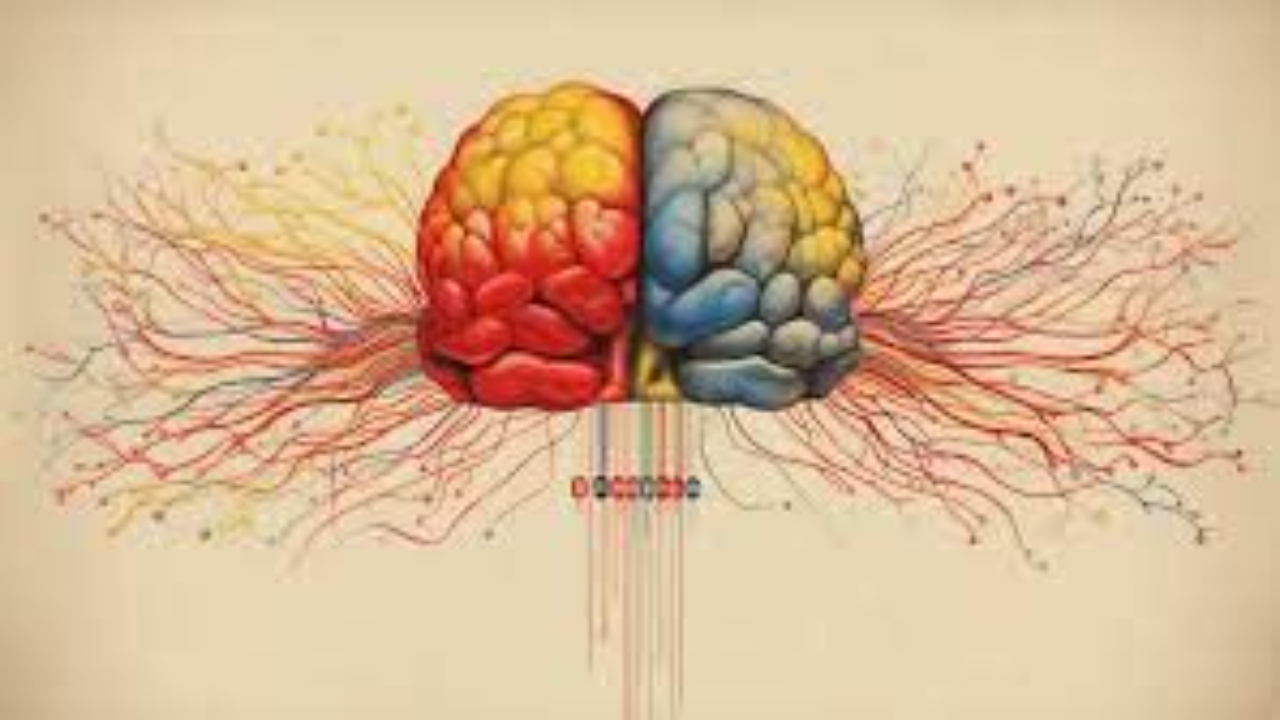The Neuroscience Behind Powerful Public Speaking: How to Use Brain Science to Captivate Your Audience

Public speaking is an art that has the potential to deeply influence and inspire others. However, did you know that the science of the brain plays a crucial role in how effectively you engage your audience? In this intriguing exploration, we will delve into the fascinating realm of neuroscience and public speaking techniques that can elevate your presentations to a whole new level.
Understanding the Brain's Response:
Neuroscience reveals that our brains are wired to respond to stories, emotions, and relatable experiences. When you share a personal story or evoke an emotional connection, specific areas of your audience's brains light up. This creates a powerful bond between you and your listeners.
Harnessing the Power of Storytelling:
Stories trigger the release of oxytocin, often referred to as the "trust hormone." By incorporating relatable anecdotes into your speeches, you can establish a sense of trust and camaraderie with your audience. This not only captures attention but also enhances the retention of your message.
Mirror Neurons and Empathy:
Mirror neurons are brain cells that fire both when we perform an action and when we observe someone else performing that same action. This phenomenon fosters empathy, enabling you to connect emotionally with your audience. Displaying genuine emotions and using relatable examples can create a shared experience that resonates deeply.
Cognitive Load and Simplified Messaging:
The brain's cognitive load, or its ability to process information, is limited. To ensure your audience retains your message, simplify your content. Break down complex ideas into digestible chunks, use visuals to complement text, and avoid overwhelming your listeners with excessive information.
The Role of Visual Aids:
Visual aids tap into the brain's preference for visual processing. Infographics, slides, and videos not only enhance understanding but also stimulate engagement. Use visuals strategically to illustrate key points and ensure that they align with your verbal message.
The Power of Novelty and Surprise:
Novelty triggers the brain's reward centers, releasing dopamine. Incorporate unexpected elements or surprising facts into your presentations to keep your audience attentive and intrigued. This can prevent mental fatigue and enhance the overall impact of your speech.
Attention Span and Interactive Engagement:
The brain's attention span is limited, especially in today's fast-paced digital world. Break monotonous patterns by engaging your audience interactively. Polls, questions, and brief activities can re-engage their focus and maintain their interest.
Understanding the neuroscience behind powerful public speaking offers a transformative advantage in captivating your audience. By aligning your techniques with how the brain processes information and responds to stimuli, you can create presentations that resonate deeply and leave a lasting impact. Whether it's through the art of storytelling, triggering empathy, simplifying messaging, utilizing visuals, incorporating surprises, or encouraging interaction, you have the tools to connect on a profound level. As you incorporate these brain-friendly strategies, you'll not only become a more effective public speaker but also harness the innate power of the human brain to convey your message with unparalleled impact.
Stay connected with news and updates!
Join our mailing list to receive the latest news and updates from our team.
Don't worry, your information will not be shared.

